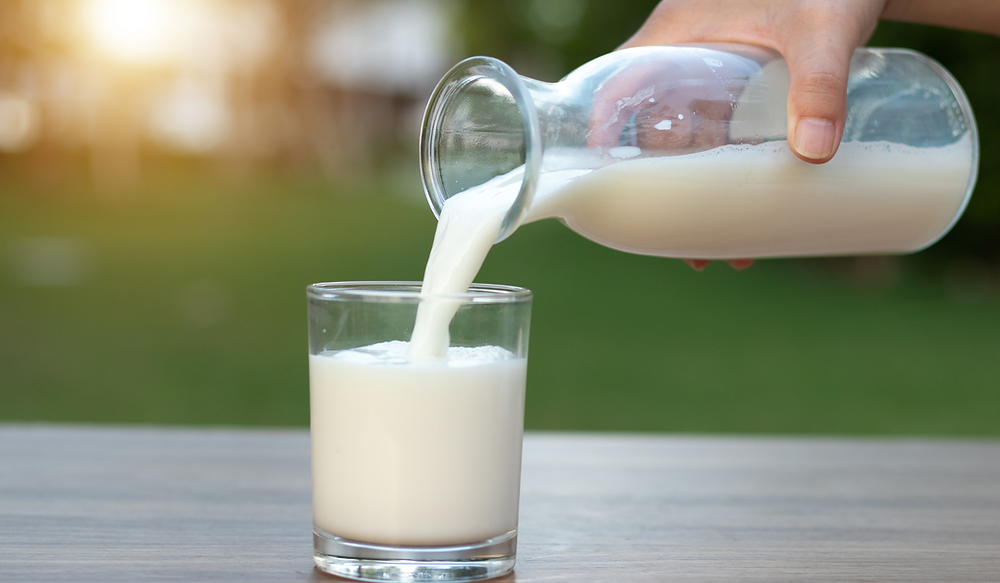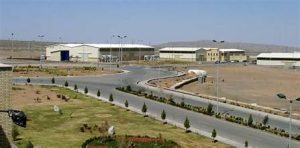Mumbai (Maharashtra):
The recent hike in retail milk price by 2 per liter will limit the slide in the profitability of the organized dairy sector to 50 basis points (bps) on-year this fiscal, despite a higher than anticipated rise in procurement prices, and transport and packaging costs.
Despite lower profitability, comfortable balance sheets and better working capital management will keep the credit profiles of players stable.
The report is based on a CRISIL Rating analysis of 40 rated dairies that account for 60 percent of the organized segment revenues.
Milk procurement prices have shot up 8-10 percent in the past six months because of lower-than-expected milk collection on account of cattle diseases in some of the major milk-producing states and high prices of cattle feed.
 Additionally, the surge in crude price has translated into a significant increase in transport and packaging costs. This necessitated a second price hike in the past six months. We don’t anticipate any more price hikes as an expected improvement in milk collection and softening input prices will support profitability in the second half of the fiscal.
Disruptions in artificial insemination, cattle breeding, and vaccination schedules affected supply last year. These issues are expected to be ironed out this year, resulting in better milk supply during the flush season (which refers to the peak period of raw milk supply, which is generally from December to mid-March every year).
The drivers of demand remain strong. While demand for liquid milk continues to be robust, that for value-added products (VAP; accounting for 28 percent of organized sector revenue) such as ghee, butter, cheese, curd, and ice cream has been growing at a healthy pace. As the VAP segment is comparatively priced inelastic, profitability is typically better, at 7-9 percent. Also, the HoReCa (hotel, restaurant, and cafe) segment has made a strong recovery in a post-pandemic world, which will prop up revenue growth for the dairy industry.
Volume growth, along with an increase in average realizations by 6-6.5 percent this fiscal, following the hikes in retail milk prices will translate to 13-14 percent higher revenue for organized dairy players.
The working capital position should also improve as strong domestic demand for VAP and liquid milk will limit exports of skimmed milk powder (SMP) and prune inventory, given that SMP inventory accounts for 70-75 percent of the working capital requirement of dairies. Despite the decline in profitability to 4.7 percent, this fiscal, interest coverage of players will remain adequate at 7.3-7.4 times, compared with 7.7 times last fiscal. Leverage should remain comfortable with total outside liabilities to tangible net worth ratio expected at 2.5-2.6 times, compared with 2.7 times last fiscal. ~END~
Additionally, the surge in crude price has translated into a significant increase in transport and packaging costs. This necessitated a second price hike in the past six months. We don’t anticipate any more price hikes as an expected improvement in milk collection and softening input prices will support profitability in the second half of the fiscal.
Disruptions in artificial insemination, cattle breeding, and vaccination schedules affected supply last year. These issues are expected to be ironed out this year, resulting in better milk supply during the flush season (which refers to the peak period of raw milk supply, which is generally from December to mid-March every year).
The drivers of demand remain strong. While demand for liquid milk continues to be robust, that for value-added products (VAP; accounting for 28 percent of organized sector revenue) such as ghee, butter, cheese, curd, and ice cream has been growing at a healthy pace. As the VAP segment is comparatively priced inelastic, profitability is typically better, at 7-9 percent. Also, the HoReCa (hotel, restaurant, and cafe) segment has made a strong recovery in a post-pandemic world, which will prop up revenue growth for the dairy industry.
Volume growth, along with an increase in average realizations by 6-6.5 percent this fiscal, following the hikes in retail milk prices will translate to 13-14 percent higher revenue for organized dairy players.
The working capital position should also improve as strong domestic demand for VAP and liquid milk will limit exports of skimmed milk powder (SMP) and prune inventory, given that SMP inventory accounts for 70-75 percent of the working capital requirement of dairies. Despite the decline in profitability to 4.7 percent, this fiscal, interest coverage of players will remain adequate at 7.3-7.4 times, compared with 7.7 times last fiscal. Leverage should remain comfortable with total outside liabilities to tangible net worth ratio expected at 2.5-2.6 times, compared with 2.7 times last fiscal. ~END~
 Additionally, the surge in crude price has translated into a significant increase in transport and packaging costs. This necessitated a second price hike in the past six months. We don’t anticipate any more price hikes as an expected improvement in milk collection and softening input prices will support profitability in the second half of the fiscal.
Disruptions in artificial insemination, cattle breeding, and vaccination schedules affected supply last year. These issues are expected to be ironed out this year, resulting in better milk supply during the flush season (which refers to the peak period of raw milk supply, which is generally from December to mid-March every year).
The drivers of demand remain strong. While demand for liquid milk continues to be robust, that for value-added products (VAP; accounting for 28 percent of organized sector revenue) such as ghee, butter, cheese, curd, and ice cream has been growing at a healthy pace. As the VAP segment is comparatively priced inelastic, profitability is typically better, at 7-9 percent. Also, the HoReCa (hotel, restaurant, and cafe) segment has made a strong recovery in a post-pandemic world, which will prop up revenue growth for the dairy industry.
Volume growth, along with an increase in average realizations by 6-6.5 percent this fiscal, following the hikes in retail milk prices will translate to 13-14 percent higher revenue for organized dairy players.
The working capital position should also improve as strong domestic demand for VAP and liquid milk will limit exports of skimmed milk powder (SMP) and prune inventory, given that SMP inventory accounts for 70-75 percent of the working capital requirement of dairies. Despite the decline in profitability to 4.7 percent, this fiscal, interest coverage of players will remain adequate at 7.3-7.4 times, compared with 7.7 times last fiscal. Leverage should remain comfortable with total outside liabilities to tangible net worth ratio expected at 2.5-2.6 times, compared with 2.7 times last fiscal. ~END~
Additionally, the surge in crude price has translated into a significant increase in transport and packaging costs. This necessitated a second price hike in the past six months. We don’t anticipate any more price hikes as an expected improvement in milk collection and softening input prices will support profitability in the second half of the fiscal.
Disruptions in artificial insemination, cattle breeding, and vaccination schedules affected supply last year. These issues are expected to be ironed out this year, resulting in better milk supply during the flush season (which refers to the peak period of raw milk supply, which is generally from December to mid-March every year).
The drivers of demand remain strong. While demand for liquid milk continues to be robust, that for value-added products (VAP; accounting for 28 percent of organized sector revenue) such as ghee, butter, cheese, curd, and ice cream has been growing at a healthy pace. As the VAP segment is comparatively priced inelastic, profitability is typically better, at 7-9 percent. Also, the HoReCa (hotel, restaurant, and cafe) segment has made a strong recovery in a post-pandemic world, which will prop up revenue growth for the dairy industry.
Volume growth, along with an increase in average realizations by 6-6.5 percent this fiscal, following the hikes in retail milk prices will translate to 13-14 percent higher revenue for organized dairy players.
The working capital position should also improve as strong domestic demand for VAP and liquid milk will limit exports of skimmed milk powder (SMP) and prune inventory, given that SMP inventory accounts for 70-75 percent of the working capital requirement of dairies. Despite the decline in profitability to 4.7 percent, this fiscal, interest coverage of players will remain adequate at 7.3-7.4 times, compared with 7.7 times last fiscal. Leverage should remain comfortable with total outside liabilities to tangible net worth ratio expected at 2.5-2.6 times, compared with 2.7 times last fiscal. ~END~ 











